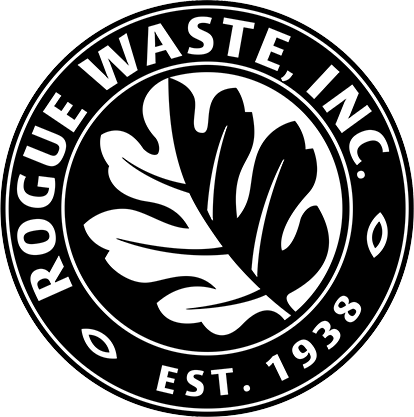Plastic industry uses greenwashing as a means to increase plastics packaging
Abstract
Before the 1990s, curbside recycling consisted of three material categories: paper, metal and glass. Recyclers slowly began accepting plastic milk jugs and soda bottles. But before long, they started seeing other, unrecyclable plastics in the curbside bin. Consumers, seeing plastic packaging stamped with the chasing arrows recycling symbol and a number (1 through 7) believed these materials could be recycled and wanted to do the right thing. But the truth — which the plastics industry was fully aware of — was that these items were hard (or impossible) to recycle and there was no market for them.
The truth about plastics recycling and the industry’s big lie
A 1973 memo from the lobbying group for plastics shows that top executives from the oil and plastics industries knew that recycling many types of plastic was nearly impossible, recycling what could be recycled was very costly, and that sorting plastics is difficult, if not infeasible. Instead, it was much easier — and far cheaper — to make new plastic out of oil.
By the late 1980s, however, lobbyists grew concerned that the public was beginning to have issues about too much plastic. The industry wanted to make more and more plastics, but they knew that would mean substantially more trash. The obvious answer would be to recycle the plastics. But they knew that the infrastructure wasn’t there, the cost was too high and there were other challenges associated with the process.
So they decided to “advertise” their way out of the problem, starting with a massive advertising campaign including millions of television commercials. The thinking was that if the public believed recycling is working, they won’t worry so much about all the plastic trash they were continuing to create as consumers.
Yet one part of this effort remained — and remains to this day. The chasing arrows “recycling” symbol. It made people think they were doing the right thing. But the industry knew that the symbol was creating unrealistic expectations about which plastics people can actually recycle. In reality, the chasing arrows symbol with the number on it doesn’t mean it’s recyclable — it’s solely a way of denoting which type of plastic is being used in the packaging.
Plastics marked with a 1 or 2 can, in many cases, be recycled. But it can be confusing. Milk jugs, shampoo bottles, soda bottles and detergent bottles, for example, can all be recycled. Deli trays, which are a 1, cannot. The majority of plastics marked with a 3, 4, 5, 6 or 7 cannot be recycled — despite the presence of the symbol. Rather than indicating that they can be recycled, the symbol is actually a resin identification code created by and for the plastics industry in 1988. They were never a guarantee that any given item could or would be recycled.
Much of the information in this article was taken from an NPR investigative report. You can listen to the NPR podcast “Waste Land” here.
